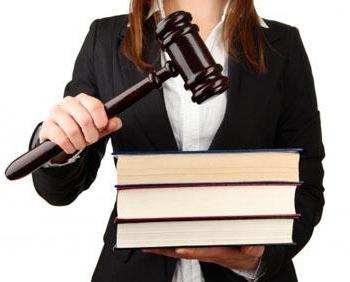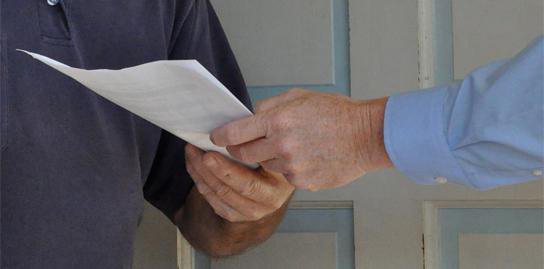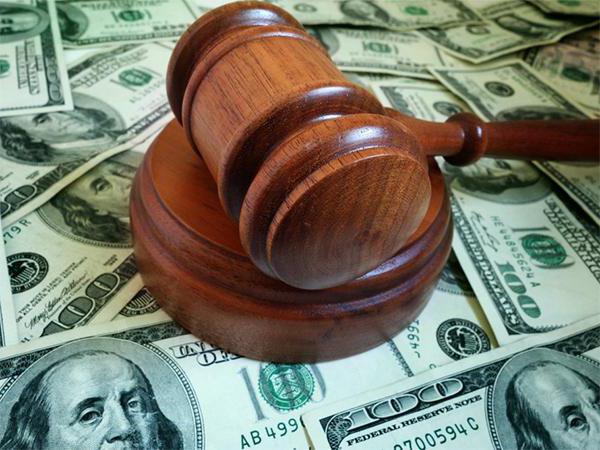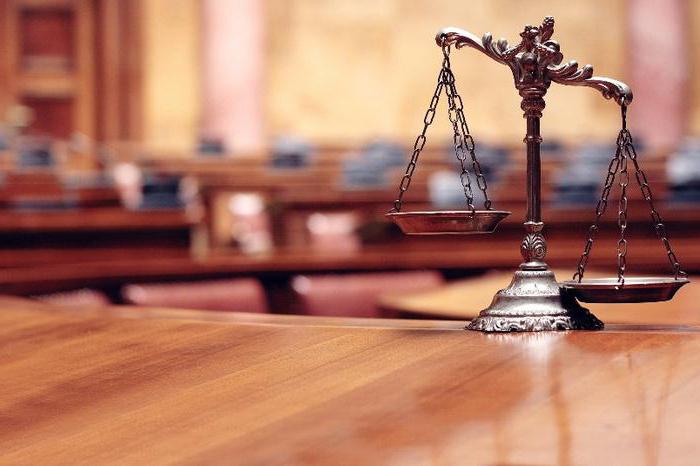Civil protection of property rights is provided by various means provided for in the legislation. All of them form a single system. 
Basic protection methods
The civil law system provides the following methods:
- Obligatory legal. They include such methods, which are based on the protection of the legal capabilities of the parties to the relationship, are used to compensate for damage to the owner, as well as to return unreasonably saved or acquired property.
- Derived from general norms. These include recognition requirements. property rights on the release of material assets from arrest, including claims against public administration bodies and authorities that approved acts that violate the interests of subjects.
- Proprietary. These include vindication and negative claims.
Consider the latter methods in more detail.
Vindication and Negative Claims
The interests of the owner can be violated in various ways. Thus, tangible property may be illegally seized from the owner. To recover property, a subject may file a vindication claim. In civil law, such a requirement is recognized as non-contractual. This means that the parties to the conflict are not bound by obligations regarding the disputed property. The law provides for another method of protection - a negative claim. It is filed if the violation of interests is expressed in the commission of certain actions that do not affect ownership, but create obstacles to the normal implementation of other legal opportunities. A building may be constructed on the land plot that restricts the access of sunlight to the stands on the adjacent allotment; the bailiff may erroneously include someone else’s property that the debtor has in the arrest record, and so on. 
Vindication Claim Conditions
Legislation has a number of requirements for claims of this kind. In particular:
- The subject of the claim should be an individually defined thing. At the same time, property having generic characteristics is separated from other homogeneous objects.
- A thing must be in the possession of another entity.
- The unlawful owner of the property in whose possession it is acting as a defendant. It can be a subject who arbitrarily took possession of material values, or a person who bought them from a citizen who did not have the right to dispose of them.
The applicant may be not only the direct owner of the property, but also his title owner. In this case, the plaintiff must prove the ownership.
Parties to the dispute
The plaintiff may be the owner of material assets, which does not own them at the time of filing the claim. However, in practice there is an exception that is consistent with the law. It consists in the fact that a legal case can be directed by a legal entity, carrying out operational management of property, which was transferred to him by the owner. Such a situation occurs if the state is the rightful owner. The defendant is an entity that actually uses material assets at the time of filing the application. If the unlawful owner transferred the thing to someone, then a lawsuit is brought against the person with whom it is located. In this case, the owner must be declared illegal.
Illegal possession
Consider cases in which a subject may file a vindication claim.In civil law, the following types of illegal possession of property are distinguished:
- Conscientious. It assumes that the subject does not know, and he should not be aware of the illegality of possession.
- Unfair. In this case, the actual owner knows or needs to understand from the circumstances that the property came to him illegally.

Features of the bona fide purchaser
An entity may receive tangible property belonging to another person for money, in exchange for any tangible property, service, or in the form of remuneration for work. In any case, it should be a paid purchase. An unlawful owner is considered to be bona fide, who did not have intent in his actions, because he did not know that he was receiving property from an entity that did not have rights to it. In this case, a person cannot foresee, does not know and does not want the occurrence of adverse consequences for the owner. There is no careless form of guilt in the actions of a bona fide illegal acquirer. He not only did not want and did not realize, but also did not allow the likelihood of negative consequences for the rightful owner. 
Withdrawal rules
The return of an unlawfully held thing to the owner or owner is the main reason why a vindication claim is filed. In civil law, certain rules apply for the removal of such material values. First of all, the return of a thing from unfair illegal possession can always be carried out. Satisfaction of a vindication claim in case of bona fide retention of property is possible if tangible assets were received free of charge. This may be a succession, a gift. If the thing is purchased for a fee, the way it will be disposed of by the owner filing the vindication claim will be of importance.
Example: property was leased, and then illegally got to a bona fide acquirer as a result of the sale. The owner cannot demand the return of material assets. In this case, a limited vindication claim takes place. In civil law in such a situation, only the possibility of the owner to demand indemnification. If the thing has dropped out of the property against the will of the owner, then even the bona fide purchaser is subject to vindication. This rule, however, does not apply to money and bearer securities. They cannot be withdrawn. 
Important point
The owner may demand the seizure of property only in cases established by Art. 302 GK:
- With the loss of material values by the rightful owner. In this case, its causes and circumstances will matter.
- When a thing is lost by the subject to whom it was transferred into possession. In this case, it will not matter what the basis for the provision of the thing by the owner was, the main thing is that it is legal.
- When stealing property. In this case, it does not matter in what form this happened (theft, fraud, robbery, robbery, etc.). The key task in this situation is to establish that the property was alienated by theft.
- When a thing is dropped out of possession against the will of the subject in a different way. Other options for alienation include cases such as the conclusion of a transaction under the influence of threats, violence, deception, delusion, a malicious agreement between the person representing the owner and another person.
The main point that unites these cases is that the property has dropped out of possession against the will of the rightful owner. 
Refund Calculations
What are the consequences of vindication? This requirement assumes that:
- An unscrupulous owner must return or compensate to the owner all the income that he received during the period of using the thing. The proper acquirer only reimburses the benefit that arose from the moment when he became aware of the illegality of ownership.
- An illegal owner of material assets, having incurred the costs of their improvement, may demand compensation from the owner. It will not matter if he is a bona fide or unscrupulous user.
- In the event of deterioration of the property, the rules of the non-contractual obligation that arise in the event of damage are applied to the illegal owner.
- Conscientious user who carried out separable improvement may leave him behind.
Specificity
In normal circulation, the ownership of property is carried out by the entity that is its owner or state agency to which it is provided for operational management. In practice, however, there are cases when material values belong to one person, but another uses them. In this case, a certain order will be in effect - vindication. In such a situation, the claim is the demand of the non-possessor of the owner to the non-owner, illegally using the property, to seize him in kind. It protects the interests of the proper owner as a whole. A lawsuit is filed in cases where there is a violation of the order, use and possession at the same time. In this case, the subject deprived of these opportunities remains the owner of the property. That is what serves as the basis for filing an application with the court.

An object
If the process is vindication, the claim is the requirement to seize only an individually defined thing. It must exist in kind by the time the application is submitted. If the property died or the clan was mixed with similar ones, the goal of vindication will not be achieved. In this case, the requirement cannot be presented, since there are no material values in kind. If the subject of the dispute has died or been destroyed after the filing of the claim, by the time of the hearing of the case, then it will not be satisfied. While maintaining the economic condition, the fate of the improvement is decided by the rules of Art. 303 Civil Code.
Prescription
The term of a vindication claim is 3 years. It is calculated from the day when the owner became aware of the violation of his interests. As for movable property, the period begins from the date of its discovery. At the same time, the statute of limitations on the demand for the removal of a thing from another's use does not start anew when changing the illegal owner.
